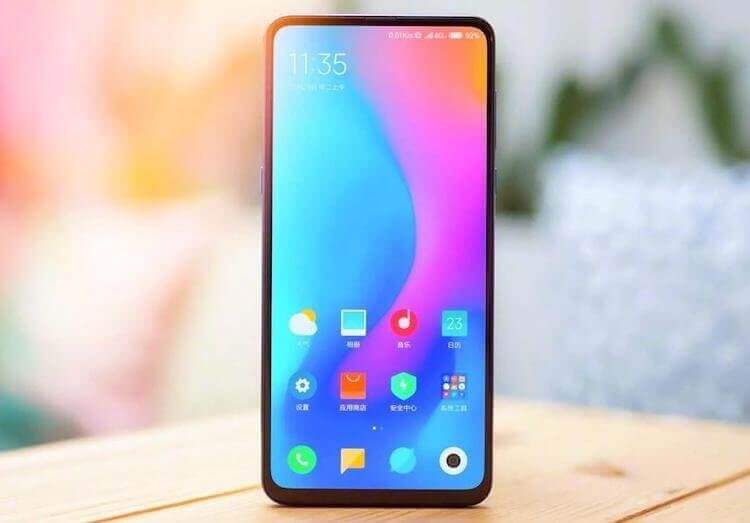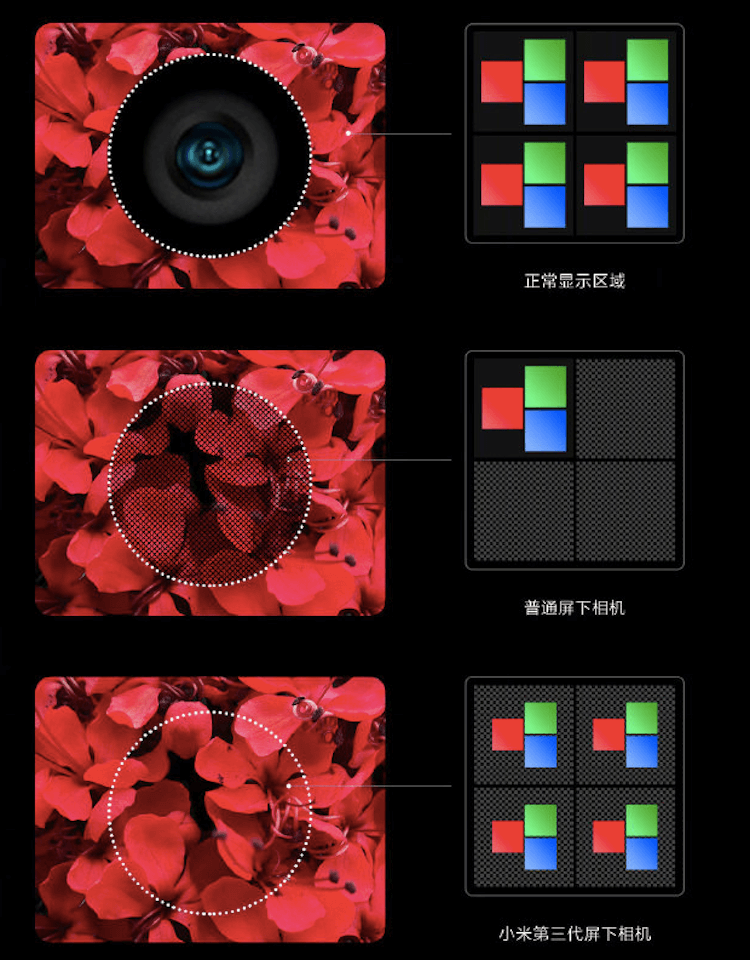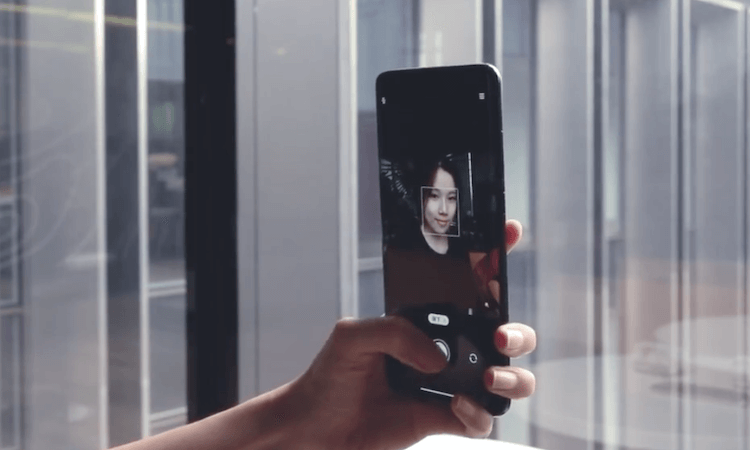Once upon a time, smartphones did not have a front camera at all, and you could only shoot with the main one. Then there was such a thing as “selfie”, and the front camera became a real “must have” of every smartphone. Even ultra-budget models are simply required to be equipped with it. The problem is that we were shown that displays can be frameless, and now the only problem on the way to full framelessness is that front camera. Some manufacturers have tried experimenting with sliding or folding cameras, but this design takes up a lot of space, which is always lacking inside the case. Time goes by and technology has almost brought us cameras built under the screen. What will happen next, and most importantly, how does such a camera work? Xiaomi gave her answer to this question using her third generation camera as an example.

Such a smartphone looks very tempting
Camera under the smartphone screen
It cannot be argued that the sub-screen camera is indeed a big advance in the smartphone market. Companies are working very hard to improve the built-in cameras, but constantly face challenges along the way. It's good that they do not give up trying to make a normal sub-screen camera, because this is the future. If there is no notch or “hole” in the screen, smartphones will become much more attractive, and whoever does this will have a big advantage in the market. His smartphone will look much more interesting and he will be the first to achieve real framelessness.
We already know that ZTE will soon announce the world's first commercial smartphone with a camera in the screen. It will be Axon 20 5G, but Xiaomi didn't want to miss the party and decided to introduce its third generation of on-screen cameras. The company not only showed a working prototype with a new camera on the display, but also showed how the technology has been improved to make it as good as a traditional front camera.

The left option is much nicer than the right one.
New camera Xiaomi
The company developed the first generation of screen camera technology in June 2019. We were also able to see a video of the prototype in action, but closer inspection revealed that the display on the top of the camera was not perfect and the pixel density in that area was too low. It was very conspicuous and did not appeal to the finished product.
CEO Xiaomi Lei Jun revealed that the second-generation version of the under-screen camera technology was developed in October 2019. And now he has announced a third-generation version, which, in his opinion, is almost perfect and comparable in quality to a traditional selfie camera.
How does the camera under the screen Xiaomi work?
Xiaomi explained in detail how she achieved “near perfect” camera quality in her third generation of this product. The company said the first two generations have managed to achieve screen transparency above the camera, sacrificing pixel density in that area. In fact, the pixel density was half that of the rest of the OLED panel. The company said in a statement that early versions actually used only one pixel out of every four for the camera to actually capture the image. The rest of the pixels were transparent.
However, the third generation solution solves this problem by using a self-designed pixel layout. Thus, it was possible to achieve light transmission through the subpixel gap area. In addition, the company has doubled the pixel count in both vertical and horizontal layouts to achieve an overall pixel density similar to the rest of the display.

Top Picture – Traditional OLED – Display with 4 RGB subpixels
The middle picture is an early camera display technology that had only 1 pixel.
Bottom picture – all four RGB pixels are working and displaying the picture, providing a high density.
As a result, the display area at the top of the camera below the screen provides the same level of pixel density, color accuracy, color gamut and brightness as the rest of the OLED panel. This is very important for the feeling of the integrity of the smartphone. Otherwise, the solution will be no different from the traditional hole in the screen.
The company has also improved its pixel control circuitry OLED to improve light transmittance above the camera. Finally, Xiaomi claims that her proprietary camera algorithm is capable of delivering the same image quality as traditional front cameras, making her latest solution “almost perfect”.

It seems that there is no front camera, but it seems that you can take a selfie.
Xiaomi has never been shy about bragging about her upcoming technology. The company first unveiled its prototype phone with an on-screen camera back in June 2019. More than a year later, we have a video of a working prototype using the third generation of this technology.
In a video posted by Lei Jun on Weibo, the prototype with a camera under the screen looks like a modified Mi 10 Ultra. The video compares the prototype to the standard Mi 10 Ultra, and the increased pixel density above the camera, at first glance, really completely hides the camera under the display.
When the phone comes out with a camera under the screen
Lei Jun says the third-generation sub-screen camera solution is ready for mass production and should hit smartphones by 2021. This cannot but rejoice, because other manufacturers will follow in large quantities. But Xiaomi still won't be the first. Already in early September, we will see the ZTE Axon 20 with such a camera. Let's see what happens.
